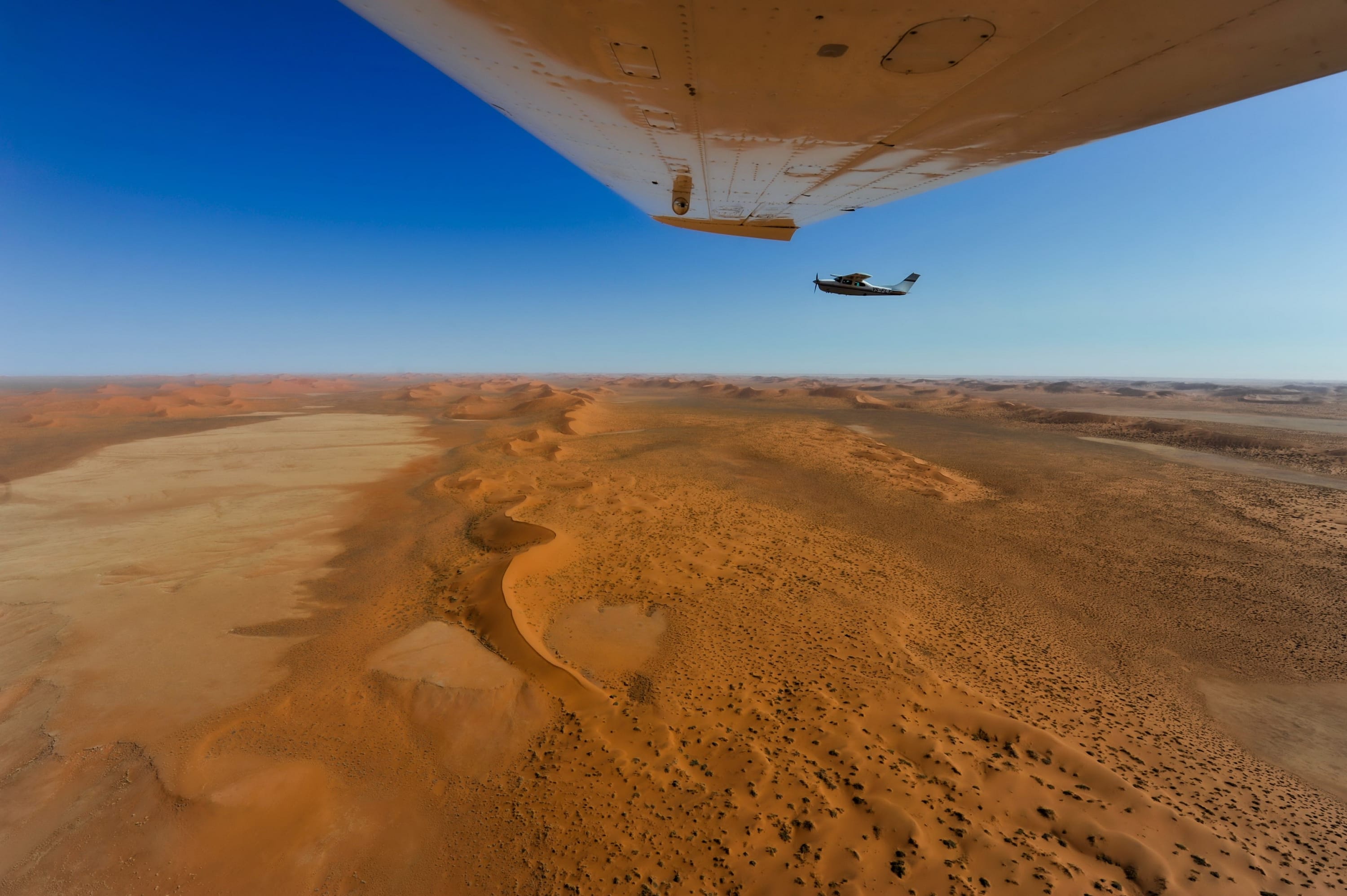By Ana Lyubich and Simon Hertnon
In our inaugural issue, we introduced the Excio Captivating Photography Framework – a one-page summary of what distinguishes captivating photographs from the nondescript and off-putting ones.
You may have noted the framework for future reference, or printed the page. Yet, you could still be pondering about its real-world significance and wondered: How can I apply this framework? What are its benefits to me as a photographer, or as someone using photographs in my work?
If these questions have crossed your mind, read on.
In this article, we explore the four impacts of photographs that are truly attention-worthy.
The four impacts
At its core, the Captivating Photography Framework delves into four distinct impacts that can deliver value through a photograph.
Why should you care about impact? Can’t you just take a photo you like and post it on social media? Of course you can. You can also just save it on your hard drive without sharing with anyone. But then what’s your purpose? Why are you taking photographs in the first place?
If you want to create an impact with your work (whether you share it with the world or just people you know), then you need to understand what your audience needs and wants – or what impact you wish to gift to them – and this is called a value-based approach.
Our research and years of observation have shown that for a photograph to deliver value and be captivating (that is, make a viewer pause and engage with the photograph) it must excel in at least one of these four areas: entertainment, education, inspiration, or mood shifting.
Entertain: Create joy, amusement, relief, awe

Entertainment is about sparking emotions that bring joy, amusement, relief, and awe to the viewers.
This emotional engagement isn’t just a fleeting reaction. It’s a connection that leaves a lasting impact. When a photograph entertains, it provides a momentary escape from the routine and mundane. In a world often filled with stress and responsibilities, being able to take a break and experience these emotions through a single image is refreshing and spirit-lifting. It’s valuable.
Consider the candid photograph of a child’s laughter – it’s infectious. Or the breathtaking landscape that leaves us in awe of the world’s beauty. These images are not just pretty pictures – they are reminders of the beauty and wonder that exists around us. They remind us to find joy in the little things, to appreciate the extraordinary in the ordinary. In a way, they contribute to our emotional well-being by giving us moments of respite from the challenges of daily life.
Educate: Record, illustrate, explain, clarify

Photographs have a unique power to educate without words, and beyond words.
It is one thing to write that something happened, whether yesterday or 80 years ago; it is another thing to show that it did through a photograph.
It is one thing to describe in words the intricacy and effectiveness of a spider’s web; it is another to illustrate those qualities in a series of photographs.
It is one thing to write ‘suffering’; it is another thing to see it in the eyes of a possessionless refugee.
It is one thing to write ‘vast’; it is another thing to see an aerial view of, say, the glasshouses in southern Spain.
It is one thing to write ‘thrilled’; it is another to see the mixture of joy and relief and determination and celebration in the expression of an athlete who has just received an Olympic gold medal.
Photographs are visual storytellers that can transport us to far-off lands, introduce us to diverse cultures, and even explain complex ideas. This educational aspect of captivating photography matters because it expands our horizons. It introduces us to new perspectives, challenges our preconceptions, and fosters empathy and understanding.
Imagine a photograph that captures the essence of a vibrant street market in a foreign country. Without words, it introduces us to the colours, scents, and energy of a different culture. Such images are gateways to learning, connecting us to the broader world, and encouraging us to explore beyond our comfort zones.
Inspire: Evoke curiosity, reflection, action, a mindset shift

Our actions are driven by emotions. The photographs that inspire action are more than just pretty pictures. They ignite the creative spark within us, they connect with our inner selves, prompting us to dream, innovate, and act. These photographs often serve as reminders of the potential in the world around us.
Think about a photograph of rugby or football players pushing their limits. It doesn’t just document a moment, it inspires us to push ourselves in our own endeavours. Or look at the photographs that convey raw emotions: sadness, love, or hope. These images tap into the universal human experience, resonating with viewers and encouraging them to reflect on their own emotions and experiences.
When crowds of strangers stand together, silent, around the mesmerising photographs at, for example, the World Press Photo Exhibition, the viewers are not just admiring the technical capabilities on display. They are moved. They reflect on the realities – many of them more than sobering – of the world around us. And some may resolve to do something differently as a result of photographs, even if that is just to better appreciate their own lives.
Set the mood: Establish an energy, a tone, an ethic; create shock

Captivating photographs have the power to influence and alter our mood. As a photographer, or as someone choosing a photograph, this is a remarkable thing to be able to achieve.
When attendees arrive at a conference, photographs can energise them before they have heard a word spoken. At an airport or hospital, photographs can calm people.
When readers pick up a report, photographs can prepare them for almost any content or conclusion. Bad news is coming. Good news is coming. Heavy content is coming. Light content is coming.
In a presentation, photographs can cause everyone to gasp. They can challenge assumptions. They can shock an audience and, in doing so, open a space for a new idea.
And photographs can set standards, styles, tones, and ethics. They can say, this is what matters to us.
All these impacts also matter because they give us a way to navigate our emotional landscape. Sometimes, a single image can capture a feeling that words fail to express. It can provide solace during tough times, uplift our spirits, or remind us of fond memories.
Think of a photograph of a serene beach during sunset. It’s not just a scene – it has an impact on us that calms the mind. Alternatively, an image capturing the vibrancy of a bustling city street might inject energy and excitement into our day.
Photographs are inanimate; but their impacts are active.
In essence, each of these qualities – entertainment, education, inspiration, and mood setting –brings something unique and meaningful to the world of photography. They contribute to our (and our viewers’) emotional and psychological well-being, enriching our lives with moments of joy, knowledge, creativity, and emotional connection.
The next time you are about to take a shot, or are drawn to a captivating photograph, remember that photography is not just about what you see or what you want to show. It’s about the emotions the photo stirs and the impact it has on our perception of the world.







